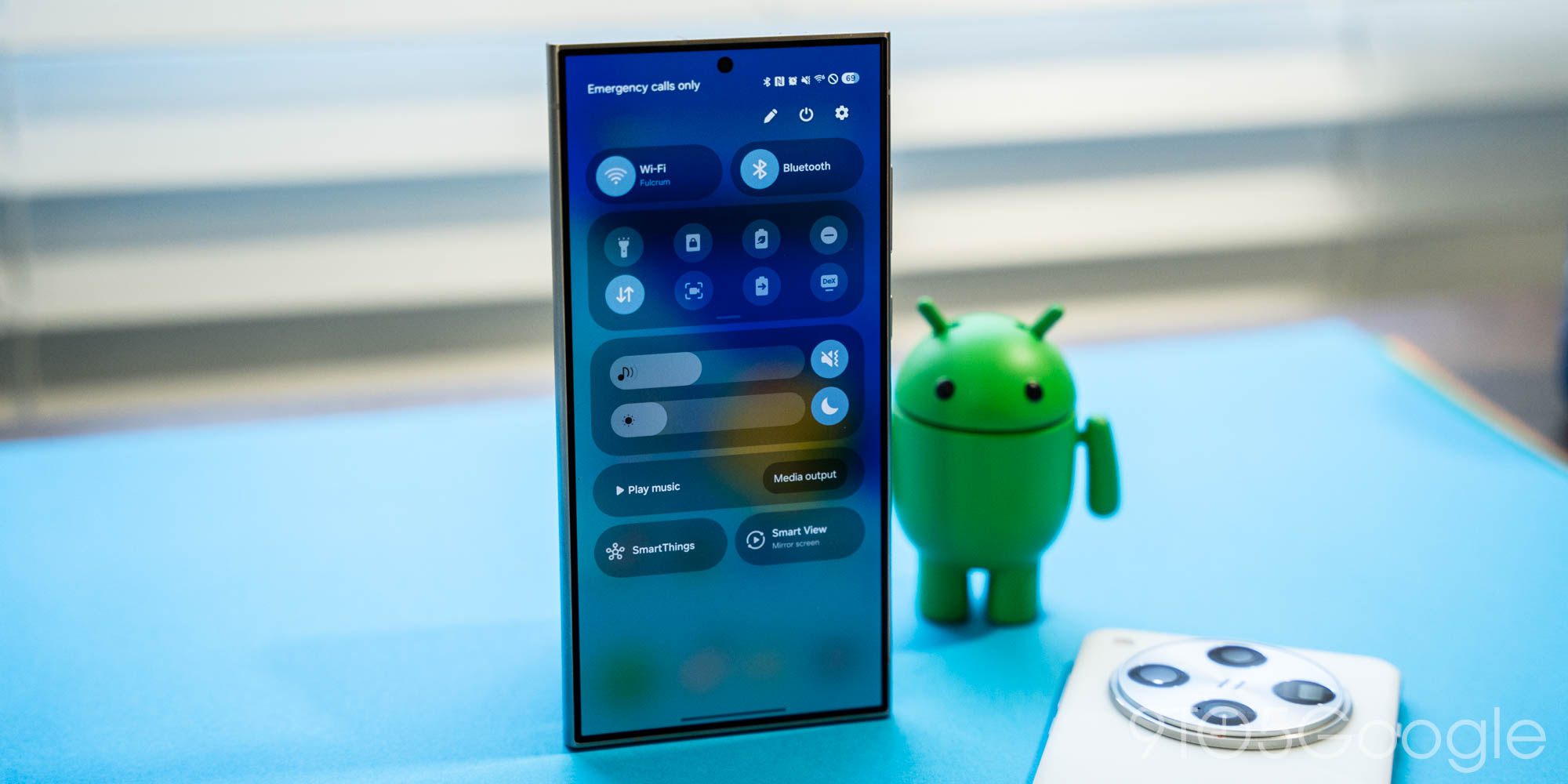
Merging Quick Settings and Notifications in One UI 7
One UI 7, an Android 14-based upgrade, introduces a new design for its dropdown menu, featuring separate pages for Quick Settings and notifications. While this approach aligns with industry trends, some users may prefer the convenience of having both elements on a single page. This guide will provide step-by-step instructions on how to merge these pages in One UI 7.
Understanding the Separate Pages Design
In the default One UI 7 configuration, swiping down from the left side of the screen reveals the notifications page, while swiping down from the right side accesses the Quick Settings page. This separation aims to provide a more focused view of each element, allowing users to manage notifications and adjust settings independently.
Benefits of Merging Quick Settings and Notifications
For users who value convenience and efficiency, merging Quick Settings and notifications offers several advantages:
- Faster Access: Instead of navigating between two separate pages, users can access both notifications and settings with a single swipe.
- Improved Control: The merged page provides a comprehensive view of essential information, enabling users to monitor notifications and make quick adjustments without switching between screens.
- Consistency: It aligns with the traditional Android experience, where notifications and settings are typically displayed on the same page.
Step-by-Step Guide to Merging Quick Settings and Notifications
Merging these pages in One UI 7 is a straightforward process:
- Swipe down from the top of the screen to open the dropdown menu.
- Tap the three vertical dots in the top-right corner.
- Select the "Layout" option from the menu.
- Choose the "One-page layout" option.
Additional Customization Options
One UI 7 also provides additional customization options for the dropdown menu:
- Grid Size: Adjust the number of rows and columns for the Quick Settings toggles.
- Transparency: Modify the transparency of the background to enhance visibility.
- Background Color: Choose a custom background color for the dropdown menu.
Legacy vs. Modern Design
The merged Quick Settings and notifications page represents the legacy design approach, which is gradually being replaced by the two-page configuration in modern Android versions. However, Samsung recognizes that users may prefer the former layout and has provided the option to switch back.
Conclusion
Merging Quick Settings and notifications in One UI 7 is a quick and simple procedure that can significantly enhance the user experience. By combining both elements on a single page, users gain convenient access to essential information and settings, optimizing productivity and efficiency. Whether you prefer the traditional Android layout or the new two-page design, One UI 7 offers the flexibility to customize your dropdown menu to suit your preferences.
